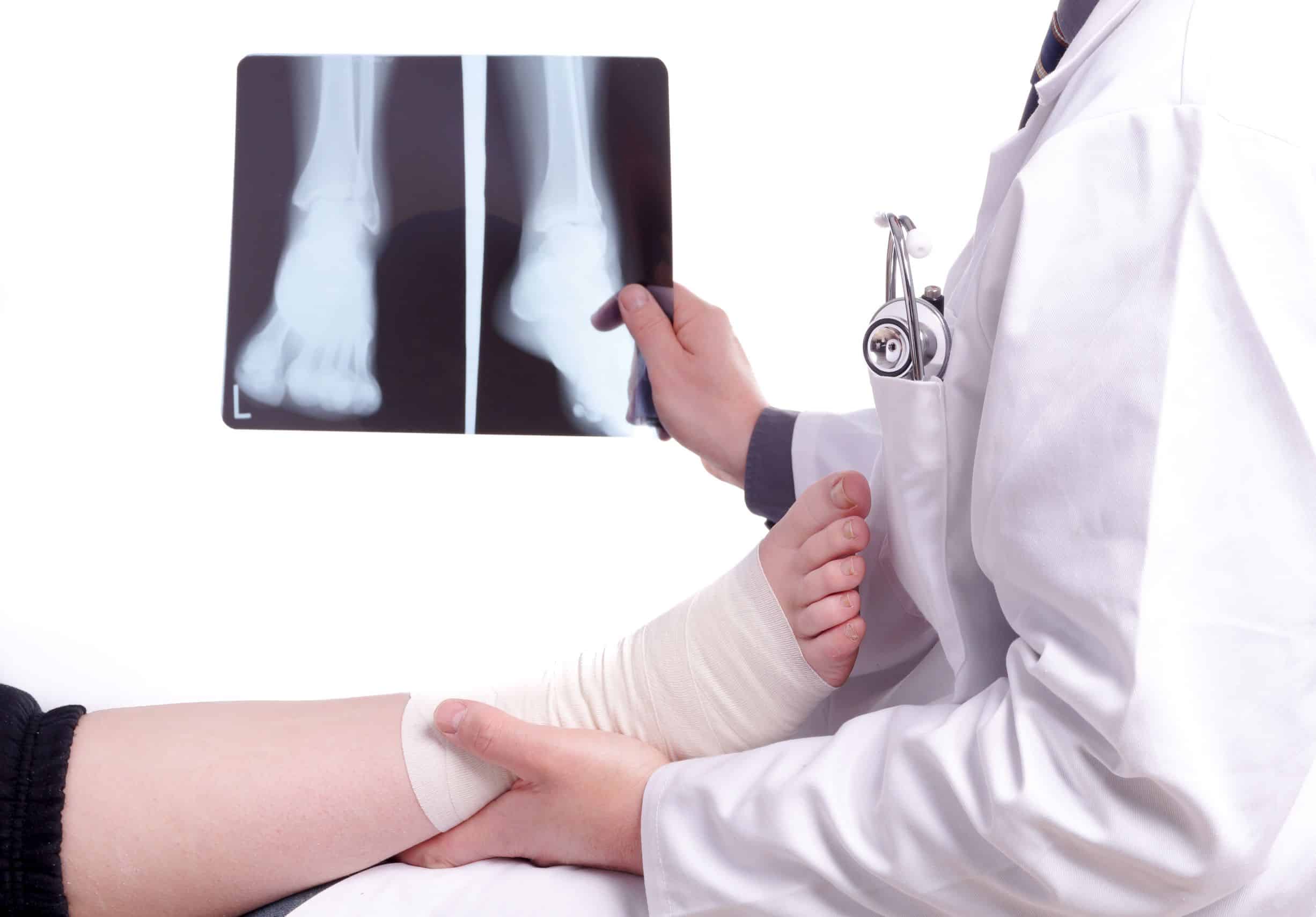Preparing for any type of surgery can be an anxiety-inducing process, but it’s essential to facilitate faster healing, allowing you to get back on your feet as fast as possible. Getting ready for foot surgery is no different. Because the feet are the busiest parts of the body, it’s crucial to take care of them following a critical operation.
This article would discuss some useful steps in preparing yourself for a major foot operation.
1. Work With Your Surgeon
If you’re scheduled to undergo corrective cosmetic foot surgery, it’s best to talk with your surgeon to have your fears, concerns, and questions addressed. Ask what’s involved in the surgery and find out what to expect before, during, and after the procedure. Your surgeon may ask for several laboratory tests to ascertain that you’re fit enough to go under the knife.
2. Have Pre-Surgery Medical Testing Done
As mentioned, your doctor may ask for blood chemistry works and imaging tests such as X-rays, computerized tomography (CT), or magnetic resource imaging (MRI) scans to avoid problems post-surgery. You might also be asked to get a medical clearance from your physician or other medical specialists.
3. Change Your Medications
Don’t forget to ask your doctors if you need to stop doing any of your daily routines. Proactively, your foot surgeon may advise you to stop taking certain medications, which can interfere with your body’s response to the operation.
These specific drugs can be dangerous during and after a surgical operation:
- Non-steroidal anti-inflammatory drugs (NSAIDs) and aspirin. This can increase bleeding and impair blood-clotting ability. NSAIDs are also said to slow down bone healing.
- Steroids. This can slow down wound healing or exacerbate bone injuries.
- Hormone replacement therapy and birth control pills. This may increase the risk of post-surgery blood clots.
- Diabetes medications. This may cause the patient to develop adverse reactions to anesthesia.
Also, certain over-the-counter (OTC) supplements, which may increase bleeding during surgery, are not recommended before, during, and after your foot operation.
4. Have A Friend Or Family Member Help You
Asking for help or assistance isn’t a sign of weakness. Because you won’t be able to use your foot to walk or drive, have someone help you with these activities.
After the surgical operation, you’d need someone to help run errands for you or simply keeping you warm and comfortable while you’re recuperating. Instead of forcing yourself to move, have someone cook meals for you and bathe you, as well as replace your foot wound dressing.
5. Get A Good Night’s Sleep
Sleep is one of the best ways your body can restore its functions and get refreshed. If you’ve been getting adequate sleep for several weeks, you’ll have better chances of recovering faster from the severe strain and trauma caused by your foot surgery. Getting quality slumber can provide other benefits such as reducing stress, regulating inflammation, and helping the body repair itself.
6. Organize Your Living Space
Decide how you can make your life easier after surgery. For instance, you can set up your space in the living room or anywhere on the ground floor, if your rooms as located on the second floor. Keep your temporary space cozy by placing your things close such as your clothes, gadgets, chargers, pillows, blankets, and water bottles. Also, get your bathroom ready by placing low-level stools and protective tools to make it more patient-friendly.
7. Stop Eating And Drinking
Like most surgical procedures, a foot operation will also require you to limit food and liquid intake. Fasting should be practiced the night before your schedule. This means you can’t have coffee, tea, and even water in the morning before your surgery.
The purpose of fasting is to minimize food and stomach acids to maximize the effect of medicines, most notably anesthesia. This reduces the risk of nausea, vomiting, or an upset stomach.
8. Stock Up On Some Ice Packs
To promote faster healing, you’d need to perform rest, ice, compression, and elevation. Simply known as the R.I.C.E method, this self-care technique involves placing ice on the affected area for up to two days following the surgery. This post-operative activity aims to reduce swelling and pain.
Final Thoughts
Preparing for your surgery entails careful planning, so you won’t experience major disruptions in your daily routine. Full cooperation with your surgeon’s instructions is essential for the surgery’s success and your swift recovery.
Since you won’t be allowed to place undue pressure on the affected foot for weeks, you’d need to have a pair of crutches, a walker, or a wheelchair. You may also need to purchase a shower chair, a transfer board, and other devices that’d help you recover.








